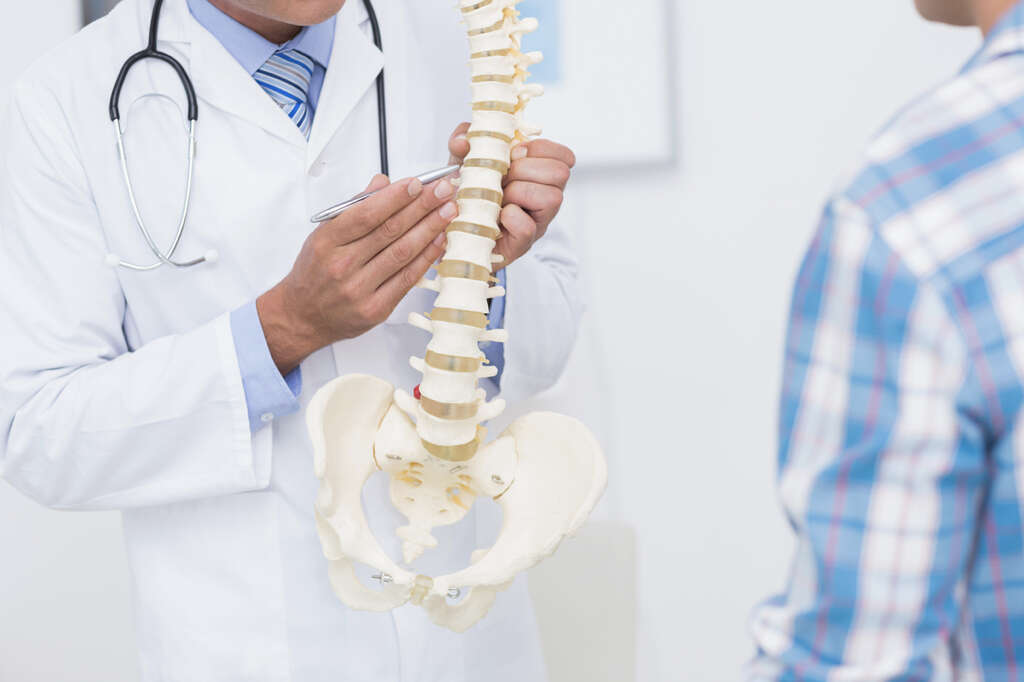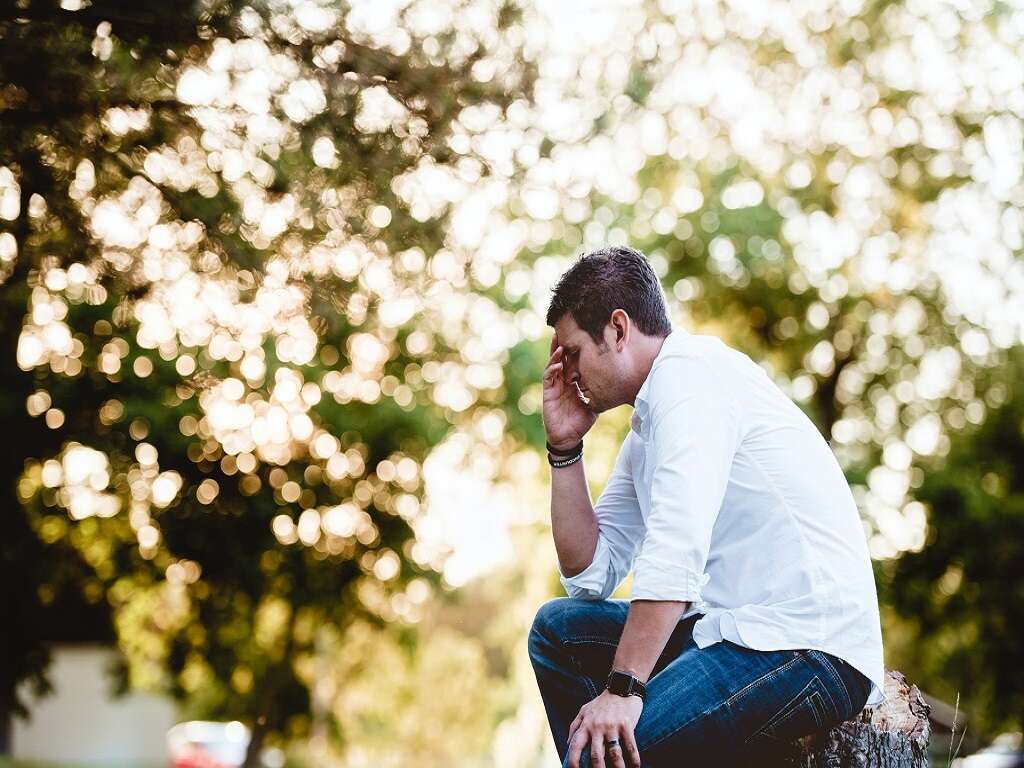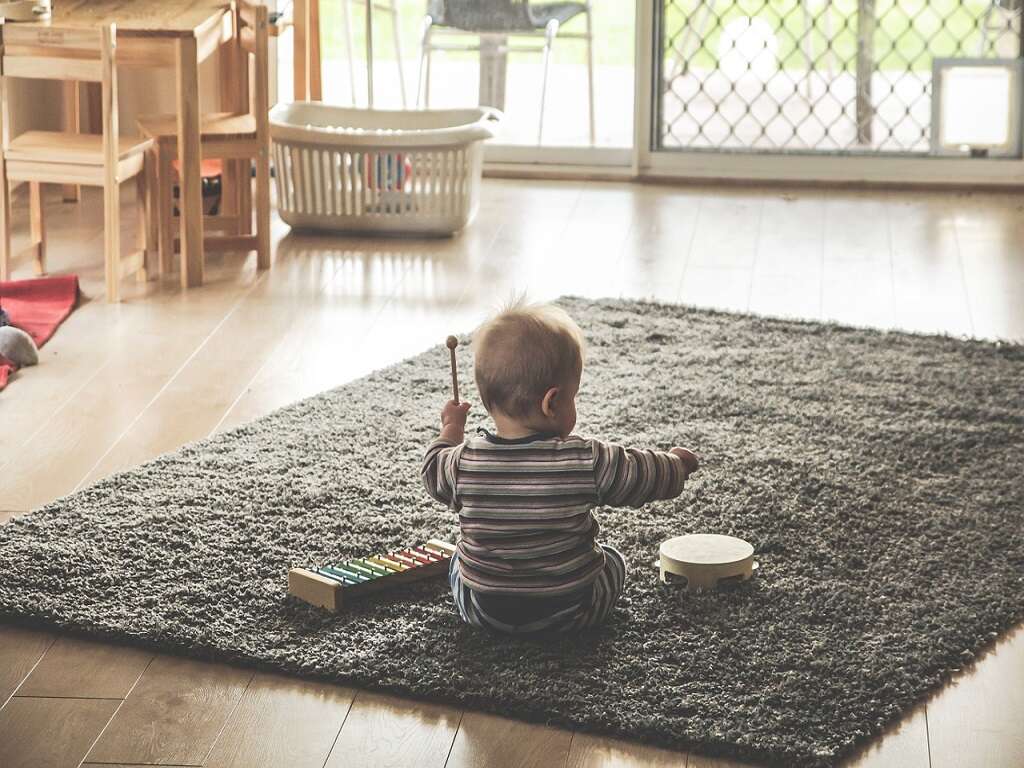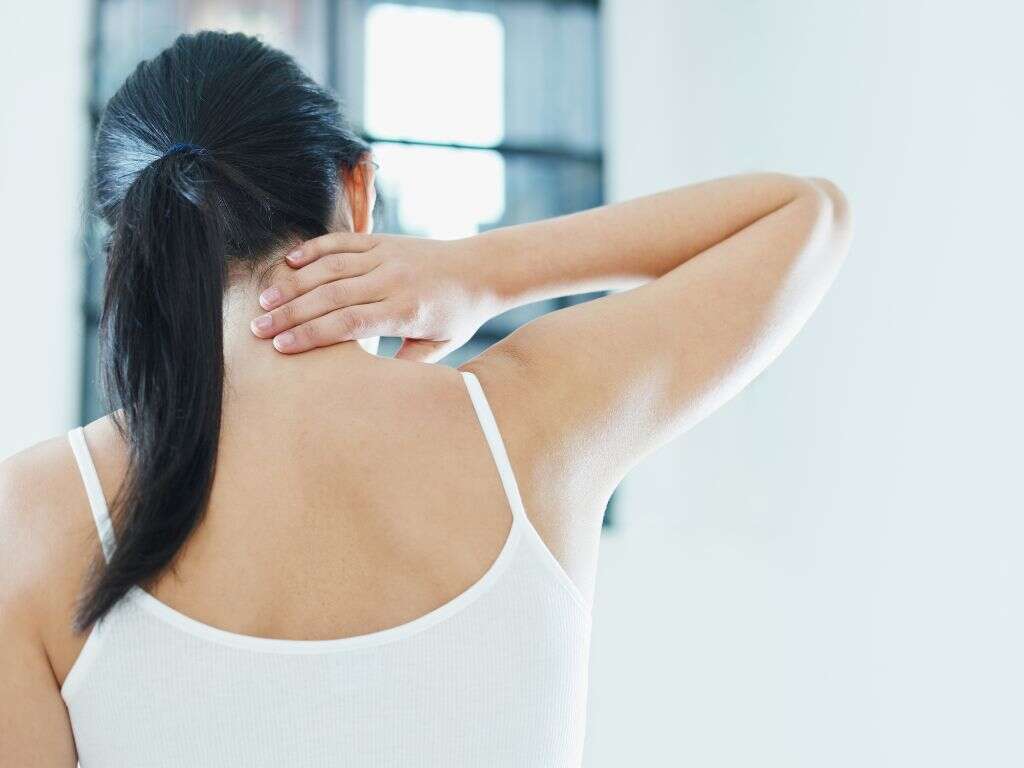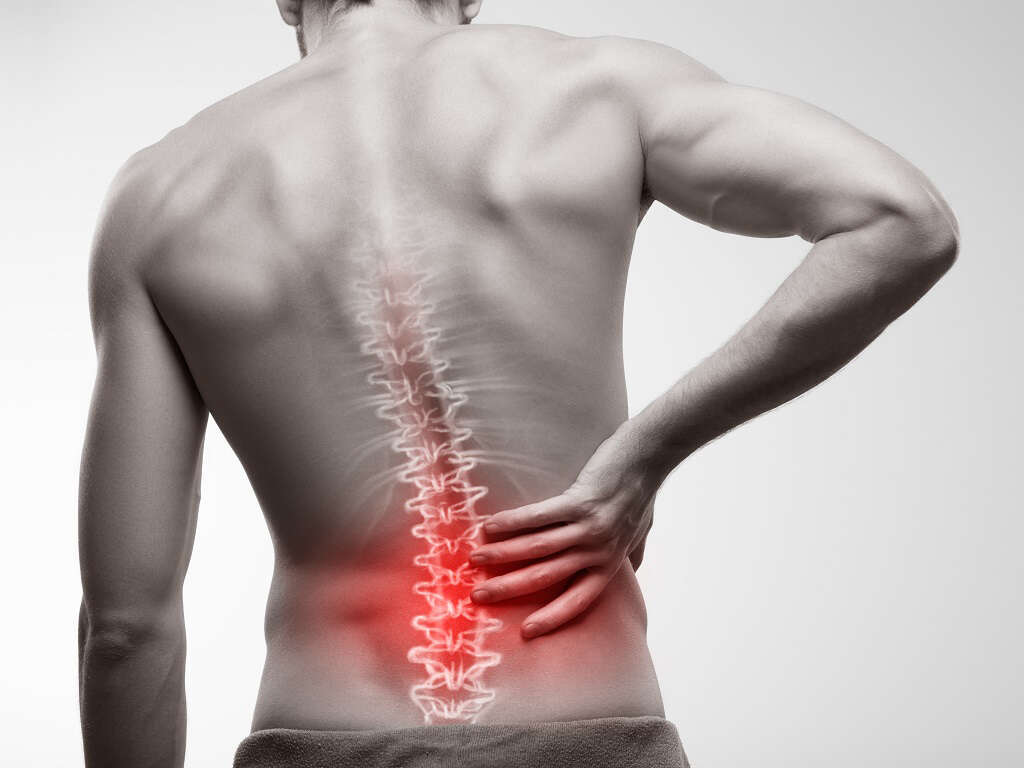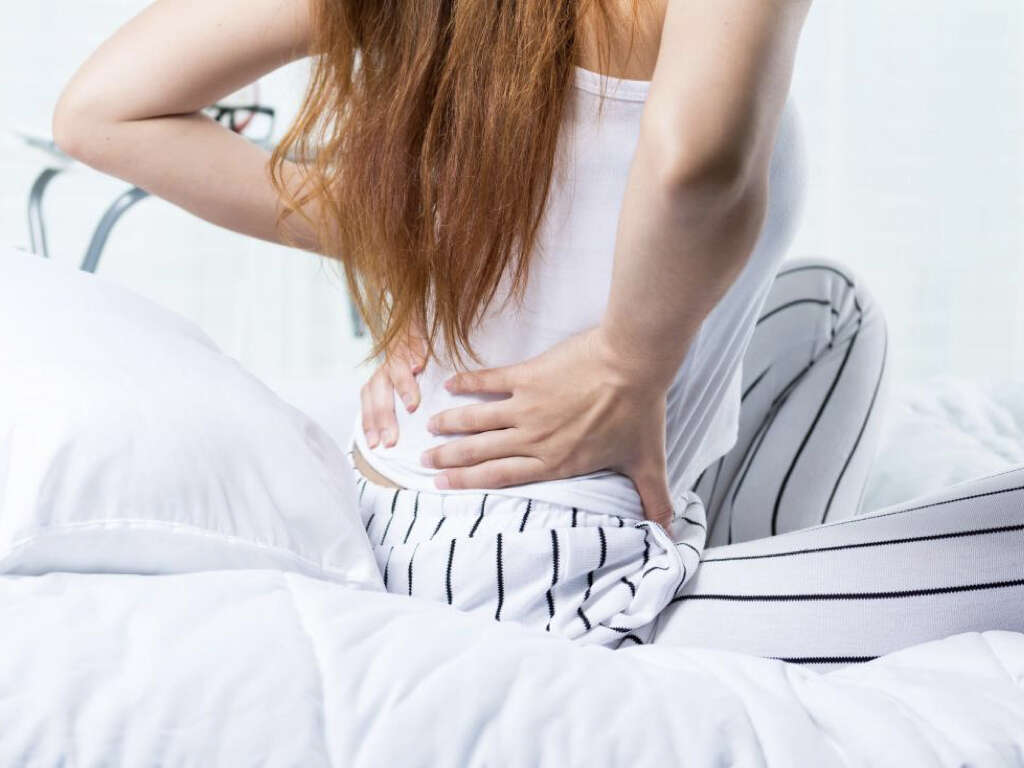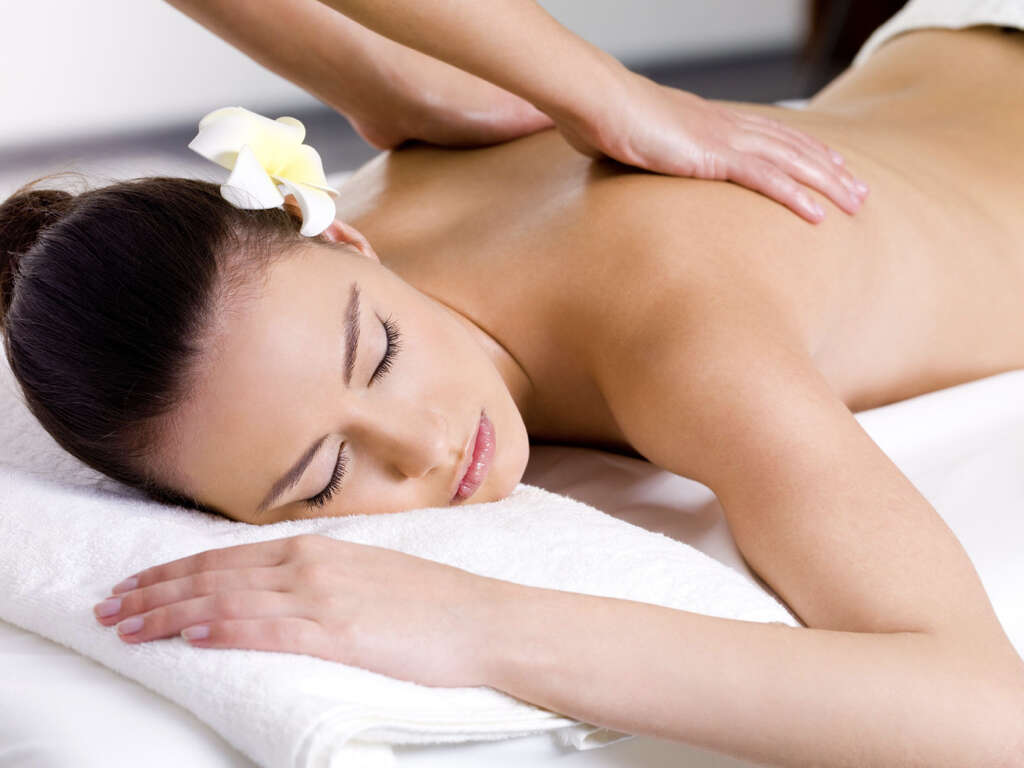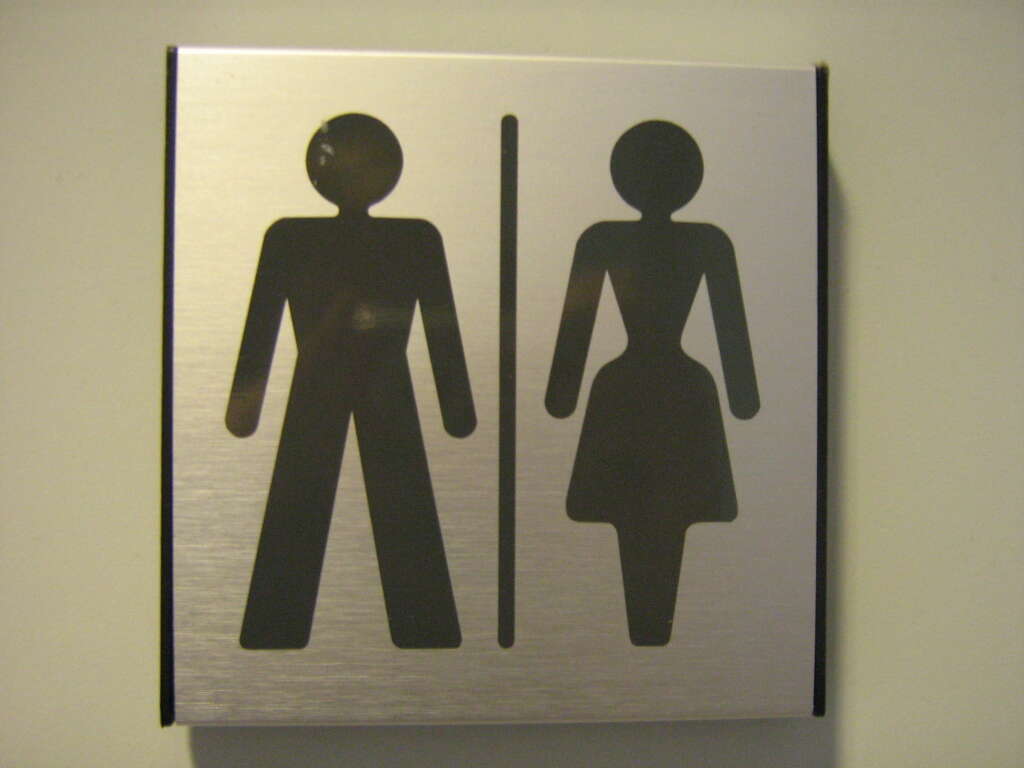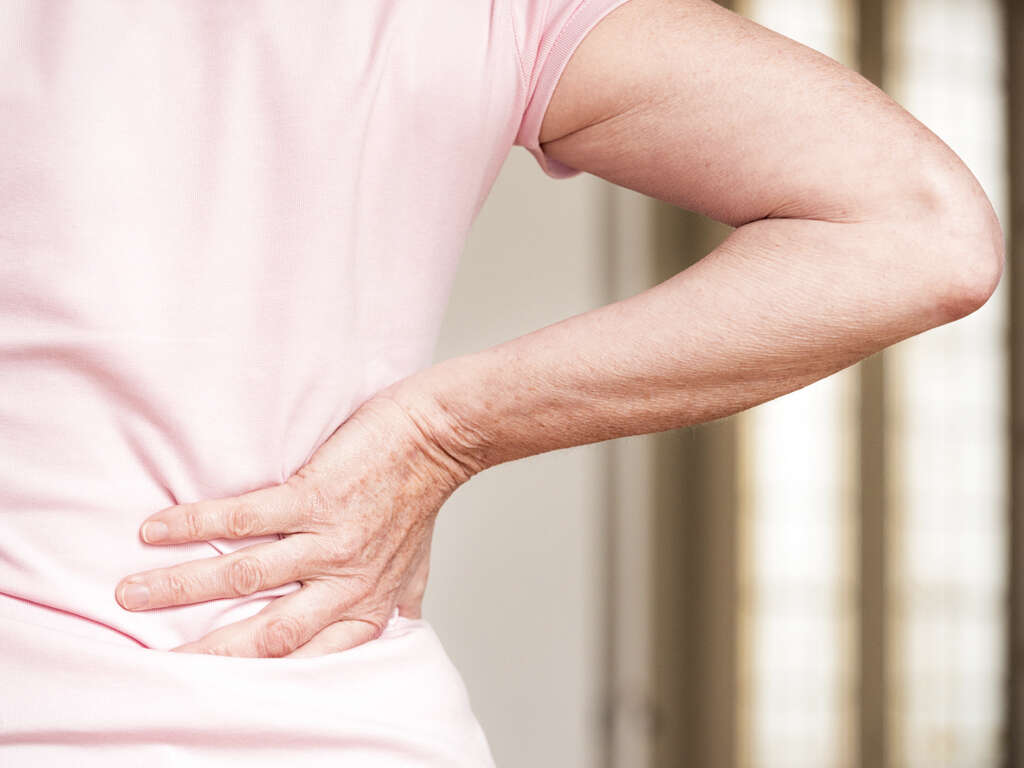10 Causes of Spinal Stenosis
Spinal stenosis is a condition where the spinal column and/or spinal foramina shrink due to overgrowth of bony tissues or ligaments. Narrowing of these spaces is a common feature in people with arthritis.
When the overgrown tissues put significant pressure on nerves within the spine, they end up interfering with nerve signals to and from the lower parts of the body. This can lead to various medical issues including pain and numbness in the legs and back pain. It can also cause urinary incontinence and constipation.
Most cases of spinal stenosis occur in people aged 50 or older. This article looks at 10 causes of spinal stenosis.
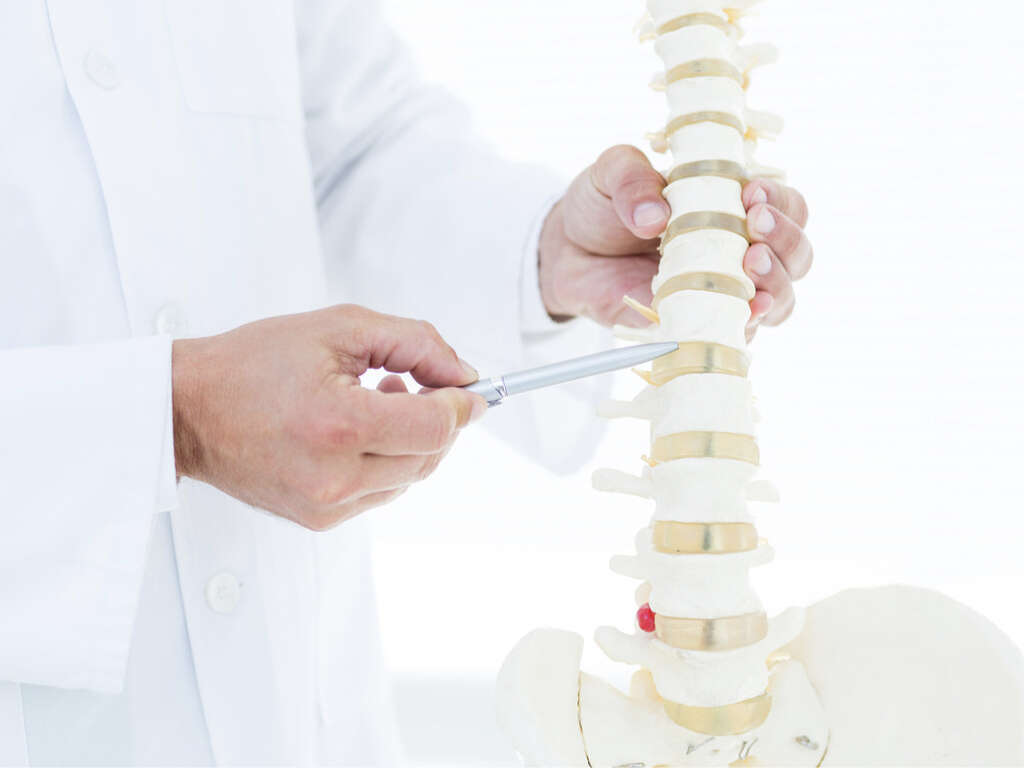
Cause #1: Rheumatoid Arthritis
Rheumatoid arthritis is a disease characterized by the inflammation of joints. Caused by several factors, with some yet unknown, rheumatoid arthritis can limit a person’s movements, especially in the regions around the neck, arms, and legs.
The inflammation is accompanied by severe pain and stiffness of the affected joints. Structurally, this inflammation can cause the spinal canal to constrict leading to compression of the nerves. This leads to nerve dysfunction besides limiting movement. It can also cause the affected person to lose control of the urge to pass urine. These symptoms require prompt medical attention to prevent further damage and restore or improve mobility.
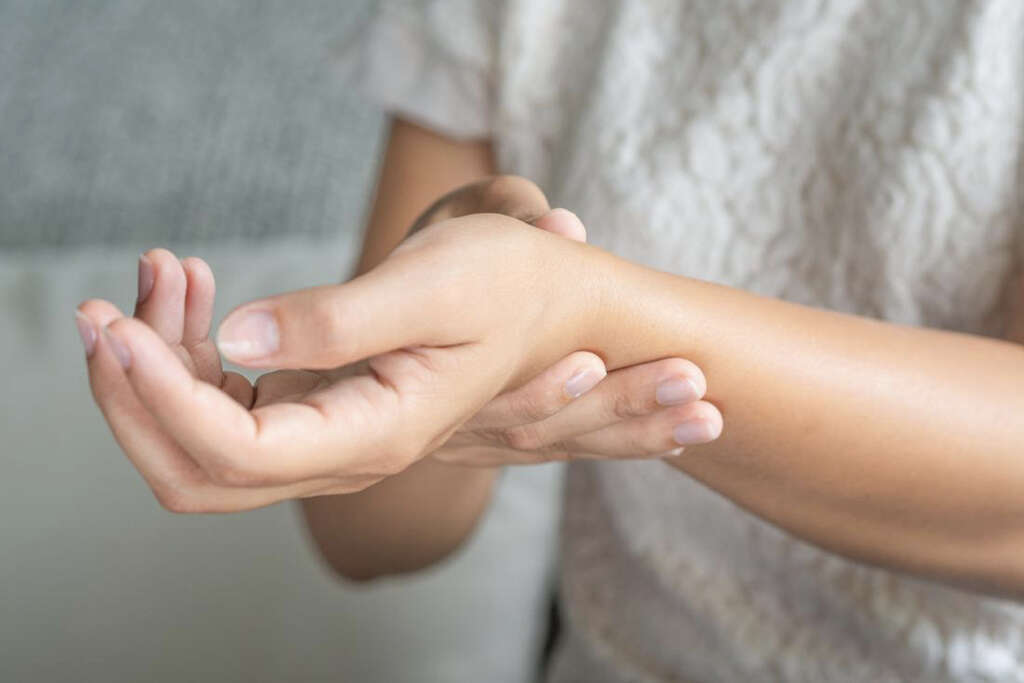
Cause #2: Osteoarthritis
Osteoarthritis is another type of arthritis. It is a chronic disease that affects bones and is more common among the elderly. The disease partly arises due to age-related wear and tear of the bone structures. Damage to ligaments, the fibrous tissue that connects bones together, is a risk factor for osteoarthritis due to increased friction between bones. This can cause a lot of pain as well as limit movements.
In the spine, degeneration of the vertebral discs often accompanies osteoarthritis. Additionally, bony protrusions known as spurs can form and limit the diameter of the spinal canal beside infringing on the nerves emerging from the canal. This interferes with the ability of the nerves to communicate with the parts of the body that they supply.
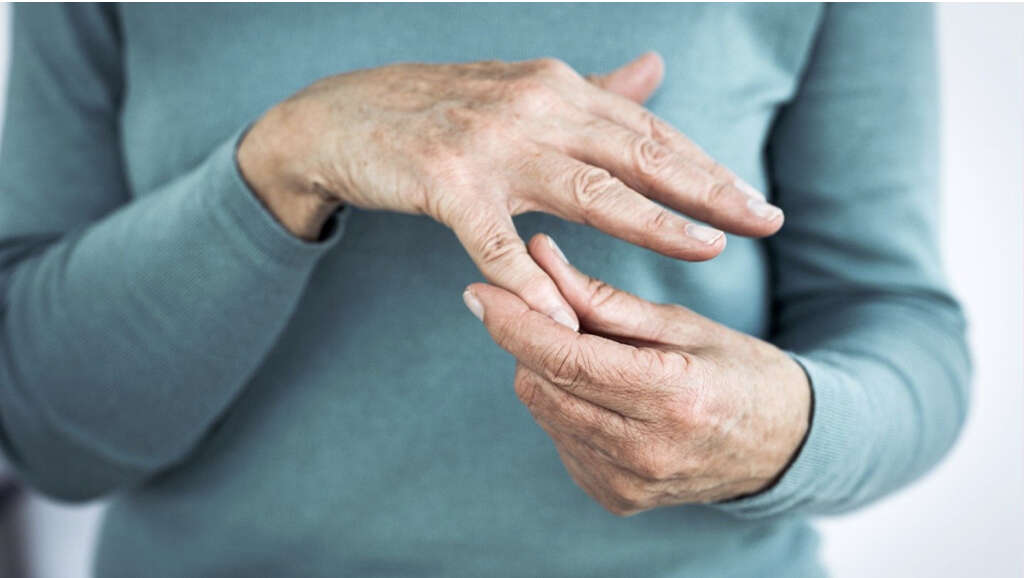
Cause #3: Paget’s Disease
Normal bone growth and development involves the processes of deposition of new and removal of old bone tissues in what is called bone remodeling. A balance in these activities ensures healthy and strong bones with preservation of bone structures.
However, there can be derangements in the bone remodeling processes as in Paget’s disease where an imbalance in these activities results in the formation of enlarged but fragile bones. These weakened bones are not only prone to fracturing but also, due to enlargement, press upon other neighboring structures including nerves in the case of spinal involvement of the disease. In addition to compromised functions of the areas served by the compressed nerves, Paget’s disease may limit the physical abilities of a patient.
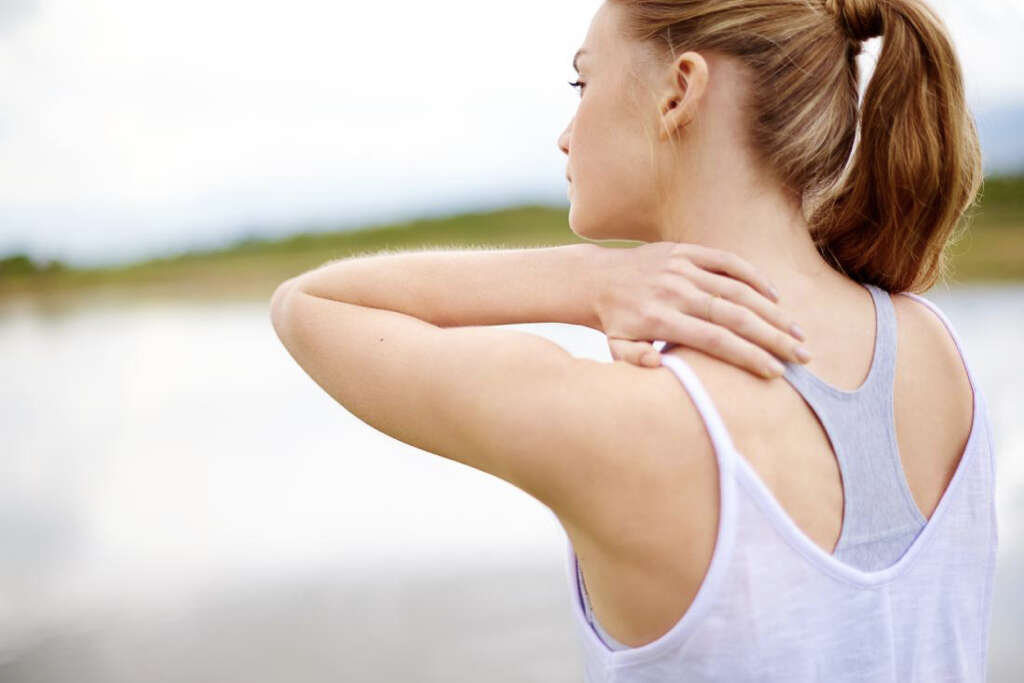
Cause #4: Ankylosing Spondylitis
Ankylosing spondylitis is a specific type of arthritis that affects the spine. In this condition, the inflammatory reaction is longstanding and is characterized by the fusion of bones that form the spine. As a result, patients with ankylosing spondylitis not only suffer pain but also must endure restricted movements.
Activities that involve bending or lifting weights can easily worsen the symptoms of the disease. The exact cause of ankylosing spondylitis is unknown, although the condition is linked to some genetic predisposition. For treatment, a combination of pain-relief medications, exercise, and surgery is used depending on the extent and presentation of the condition.
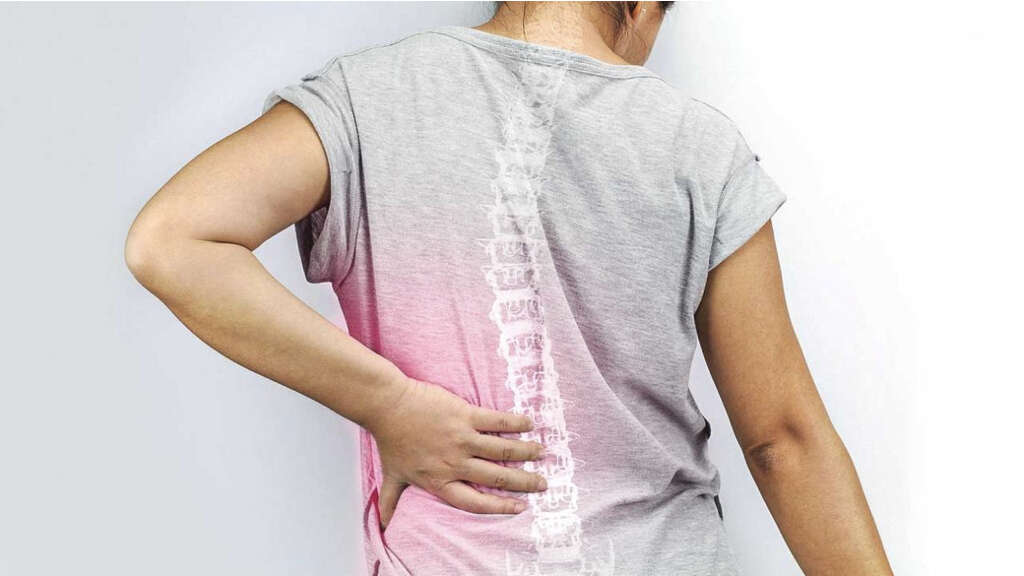
Cause #5: Spinal Injury
Trauma involving the spine can lead to spinal stenosis. One possibility is damage and/or herniation of one or a series of vertebral discs within the spinal column. Herniated discs can impinge on the spinal cord or nerve roots which can interfere with neurologic function.
Following injury, there might also be inflammatory reactions, accompanied by swelling of tissues, instituted by the body’s immune system. This can further worsen the narrowing of the spinal canal or infringement of spinal nerves. This explains why spinal injury may lead to chronic pain and difficulties with mobility long after the injury has healed.

Cause #6: Spinal Tumor
Overgrowths of tissues can occur in any of the spinal structures with detrimental effects on the functioning of the spinal cord. These tumors can be located within the spinal canal, in the membranes surrounding the spinal canal, or between the spaces bordering the spinal canal and the bony structures that constitute the spine.
Whatever the case may be, spinal tumors can narrow the space in the canal or press on the spinal nerves thereby affecting their workings. Depending on the location and size of the tumor, surgical intervention can provide relief of the pain and other accompanying manifestations such as urinary incontinence.
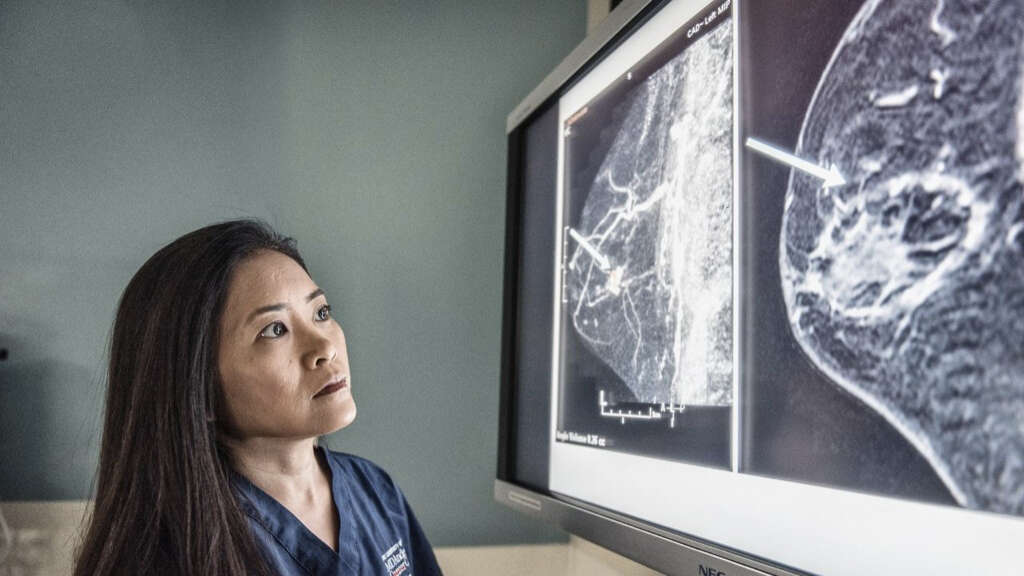
Cause #7: Excess Calcium
Calcium is a critical mineral involved in the development of healthy bones and teeth. But excess calcium can lead to various disease states or structural abnormalities that can limit optimal body function. In the case of bones, excess calcium can promote the formation of calcium spurs and deposits.
These calcium deposits can reduce the size of the space around the spinal nerve thereby causing nerve compression. This then leads to symptoms in the parts of the body supplied by the affected nerves.

Cause #8: Herniated Disks
The normal positioning of the intervertebral discs allow for adequate space for the spinal cord and spinal nerves to pass. The discs and vertebrae are stacked in such a way to facilitate movement and to achieve efficient posture and gait in order to prevent discomfort.
In some cases, such as herniated discs, this ordered arrangement can be lost. In this situation, the discs protrude out of position, which can cause compression of the nerves within their reach. This interferes with nerve functions. In most cases, the individual will likely benefit from physical therapy to expedite healing, eradicate symptoms, and prevent future flare ups. In rare cases, herniated discs require surgery.

Cause #9: Genetic Makeup
Studies have shown that the incidence of spinal stenosis has a genetic predisposition. As such, people who express certain genes stand a greater risk of developing spinal stenosis than others. Moreover, other genetic factors are involved in the development of some conditions that may eventually lead to spinal stenosis.
For example, those who express a certain gene known as human leukocyte antigen (HLA) have an increased chance of developing Paget’s disease compared to those who lack this gene. Similarly, spinal stenosis is likely to affect a relative to someone who has had the condition. It has, however, been acknowledged that environmental factors may play an important role in causing the manifestation of spinal stenosis, in addition to the genetics.
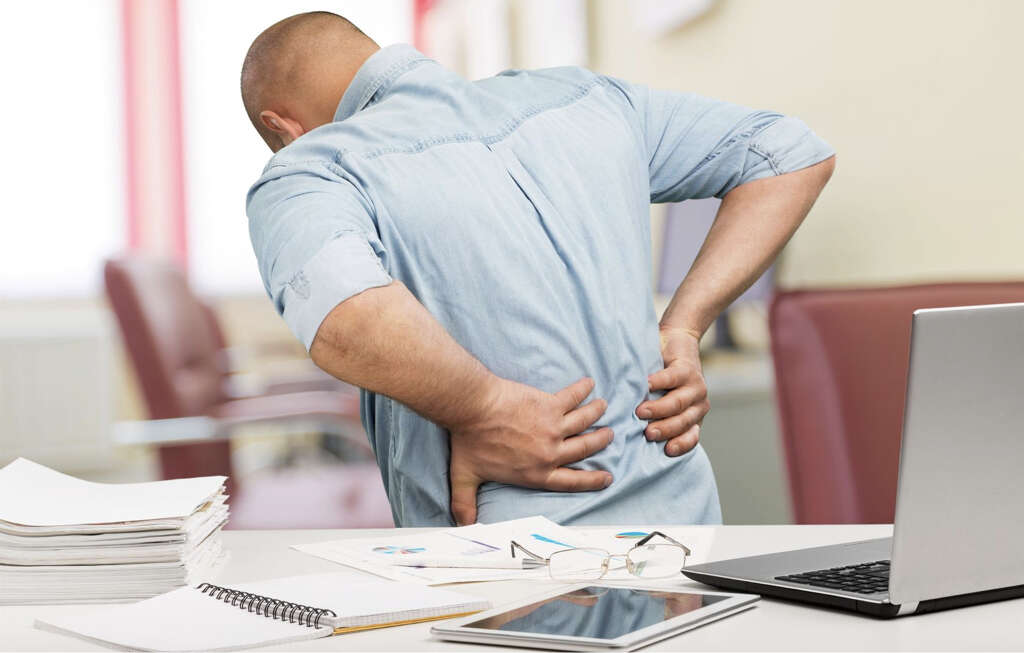
Cause #10: Thickened Ligaments
The anatomic structures of the spine are typical of that found in other joints. There are ligaments that help to support the vertebral column. In some cases, such as inflammation, the ligaments can get abnormally thick.
This causes the spinal canal to be abnormally narrow. The disruption in the architecture of spine structure can lead to the typical symptoms of spinal stenosis with the severity of symptoms sometimes linked to the level of thickening. The thickening of ligaments can also be associated with other disease conditions that affect the spinal tissue.
